For retirees, a walkable city offers more than just convenience—it’s about being able to explore without the stress of long commutes or complicated transport. When shops, parks, cafés, and cultural spots are all within a short stroll, daily life feels easier and more enjoyable.
These cities combine pedestrian-friendly streets with plenty of sights worth seeing, making them perfect for slower-paced travel. Here is a list of 15 walkable cities that are comfortable to explore and rewarding at every turn.
Florence, Italy

Florence’s compact center makes it easy to explore on foot, with centuries of art and architecture just steps apart. Narrow streets lead to bustling piazzas, Renaissance palaces, and riverside paths along the Arno.
Sidewalk cafés are never far away, so it’s simple to take a break between sights. The city’s pedestrian zones keep traffic light in the historic core. Walking here feels like moving through a living museum.
Charleston, South Carolina
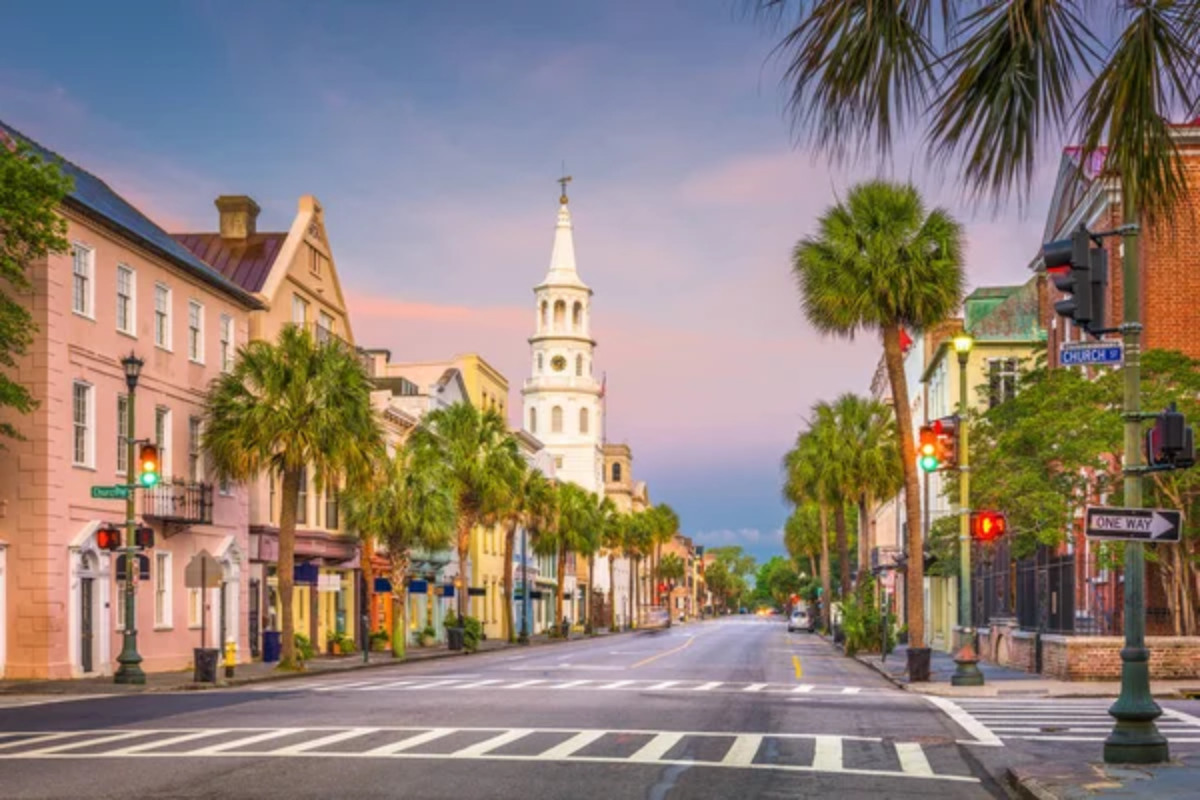
Charleston’s historic district is a maze of cobblestone streets, pastel houses, and blooming gardens. Many of its best attractions, from the waterfront promenade to centuries-old churches, are within a few blocks of each other.
Flat terrain makes walking easy, and shady oak-lined streets keep things comfortable even in warmer months. The city’s charm is in its details—wrought-iron gates, hidden courtyards, and friendly locals. Every corner offers something worth pausing for.
Like Travel Pug’s content? Follow us on MSN.
Kyoto, Japan

Kyoto blends tradition and modern convenience in a way that’s best experienced on foot. Many temples, gardens, and traditional streets are clustered in walkable neighborhoods like Gion and Higashiyama.
Seasonal beauty—from cherry blossoms to autumn leaves—adds to the appeal of strolling through the city. Small shops and tea houses offer quiet stops along the way.
The mix of peaceful paths and cultural landmarks makes walking here both relaxing and rewarding.
Quebec City, Canada
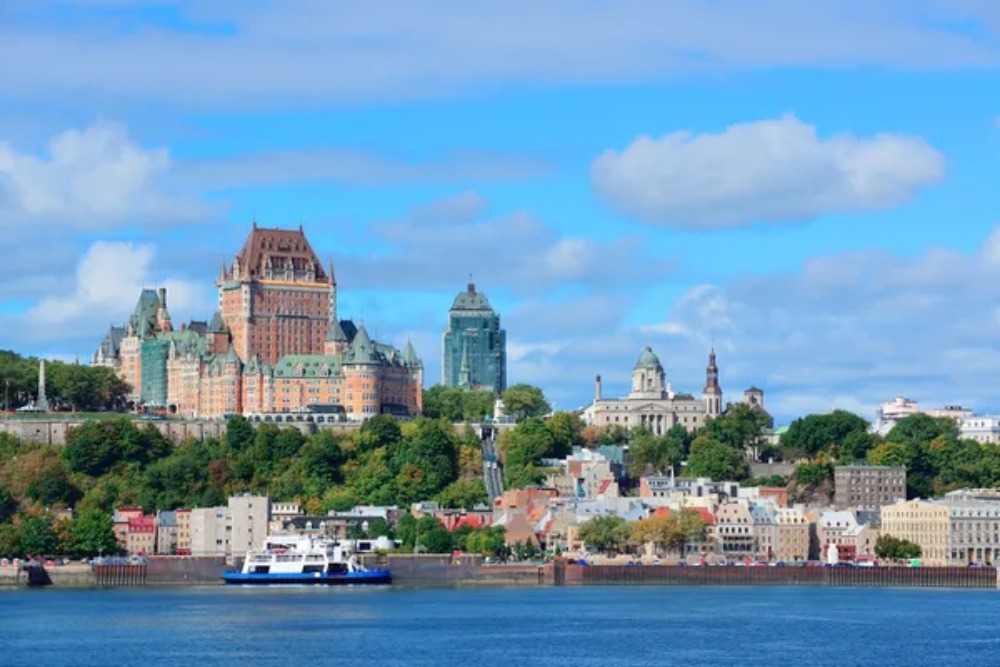
Quebec City’s old town feels like a European village, with stone buildings, narrow lanes, and open squares. It’s compact enough to cover on foot, yet packed with cafés, boutiques, and historic sites.
The fortified walls and scenic viewpoints are easy to reach without public transport. Even in winter, heated shops and cozy restaurants provide warm breaks. The atmosphere alone makes wandering its streets a pleasure.
Seville, Spain
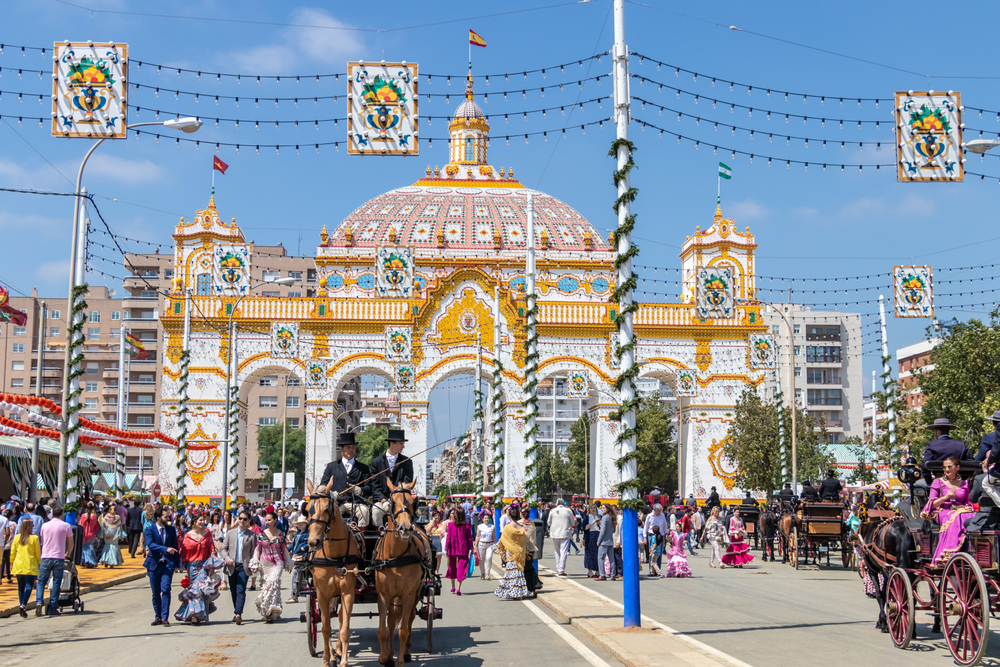
Seville’s old quarter is a maze of winding streets that open onto sunny plazas filled with orange trees. Walking here means moving at the same pace as locals, stopping for tapas or admiring Moorish architecture.
Many key sights—the cathedral, Alcázar, and riverside—are within a short walk of each other. Narrow streets offer plenty of shade, which is welcome in the warmer months. The city invites slow, unhurried exploration.
Like Travel Pug’s content? Follow us on MSN.
Boston, Massachusetts
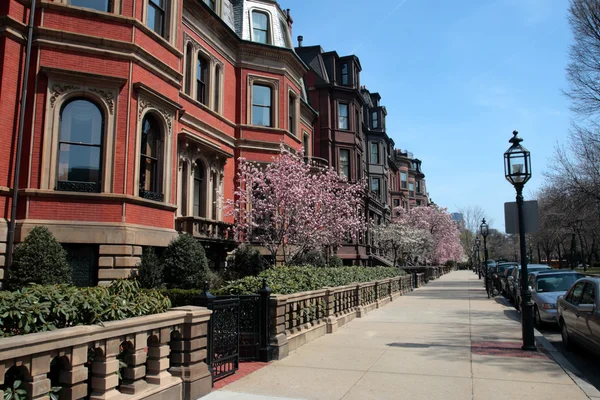
Boston’s layout makes it one of the most walkable major cities in the U.S. Historic neighborhoods like Beacon Hill and the North End are best explored on foot, with brick-lined streets and hidden alleys.
The Freedom Trail connects major landmarks in a single, walkable route. Waterfront parks and markets add variety to each stroll. The city’s mix of history and modern energy keeps walking interesting.
Bruges, Belgium
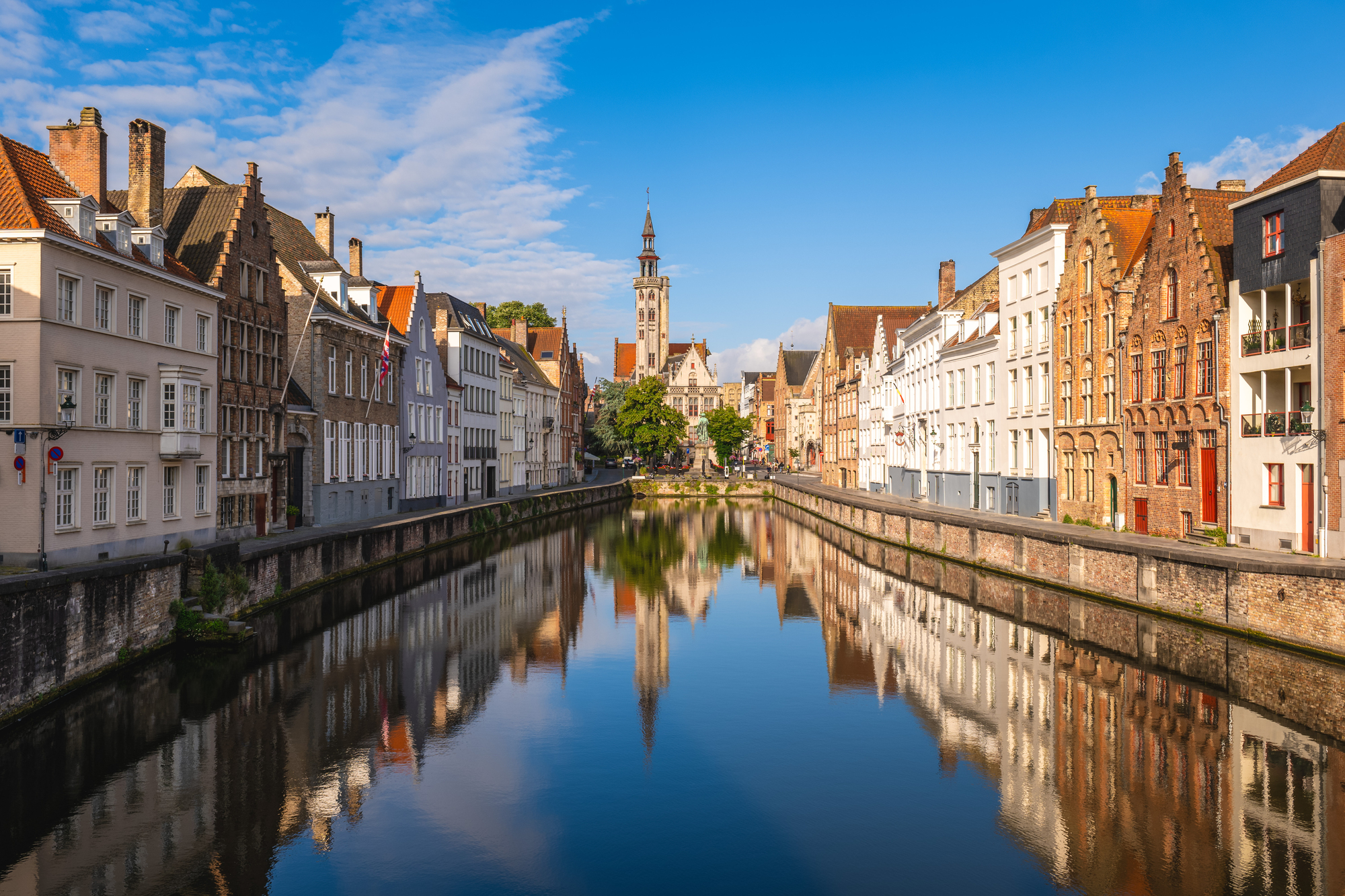
Bruges feels like it was built for walking, with its medieval streets, canals, and market squares. The compact old town can be covered in a day, though lingering is half the fun.
Cafés spill onto cobblestone lanes, and the canals offer scenic spots to rest. Many attractions are just minutes apart, so there’s no rush to see everything. The city’s charm is strongest when experienced at a slow pace.
San Sebastián, Spain

San Sebastián offers a unique blend of beachfront promenades and lively old-town streets. The flat, well-maintained sidewalks make it easy to get around, even for longer walks.
Food is a highlight, with tapas bars and seafood restaurants lining pedestrian lanes. The city’s bayfront views are stunning from almost anywhere you stand. It’s a place where a casual stroll often turns into an hours-long wander.
Like Travel Pug’s content? Follow us on MSN.
Vienna, Austria
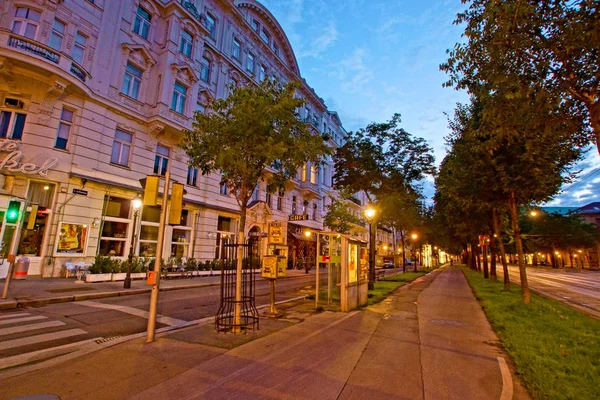
Vienna’s central district is designed for walking, with grand boulevards, historic buildings, and open squares. Parks and gardens break up the urban scenery, offering quiet spots to rest.
Most museums, concert halls, and cafés are within easy walking distance. Wide sidewalks and pedestrian streets make navigation straightforward. The city combines elegance with accessibility in a way few capitals manage.
Savannah, Georgia
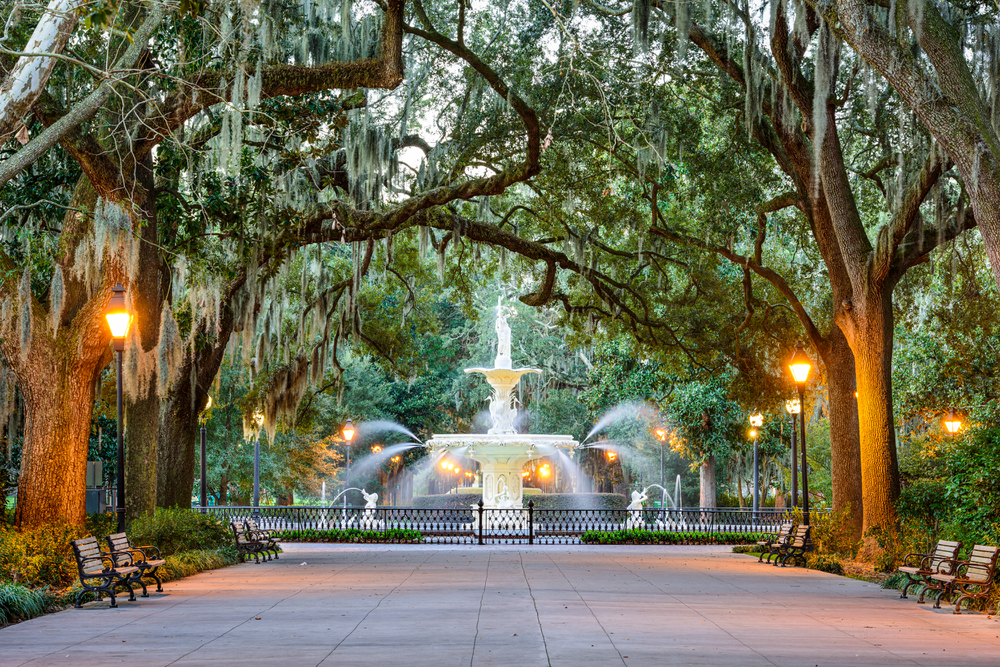
Savannah’s grid of oak-shaded squares makes it a dream for walkers. Each square feels like a small park, surrounded by historic homes and inviting shops.
Flat streets and plenty of benches encourage slow exploration. The riverfront adds a scenic edge to the city’s charm. Walking here feels relaxed, with no need to rush between sights.
Ljubljana, Slovenia

Ljubljana’s center is largely pedestrian-only, making it quiet and easy to navigate. The river runs through the heart of the city, lined with cafés and markets.
Bridges connect neighborhoods in minutes, so it’s simple to see a lot without covering long distances. The mix of historic and modern architecture adds visual interest at every turn.
The city feels welcoming, even for first-time visitors.
Like Travel Pug’s content? Follow us on MSN.
Amsterdam, Netherlands
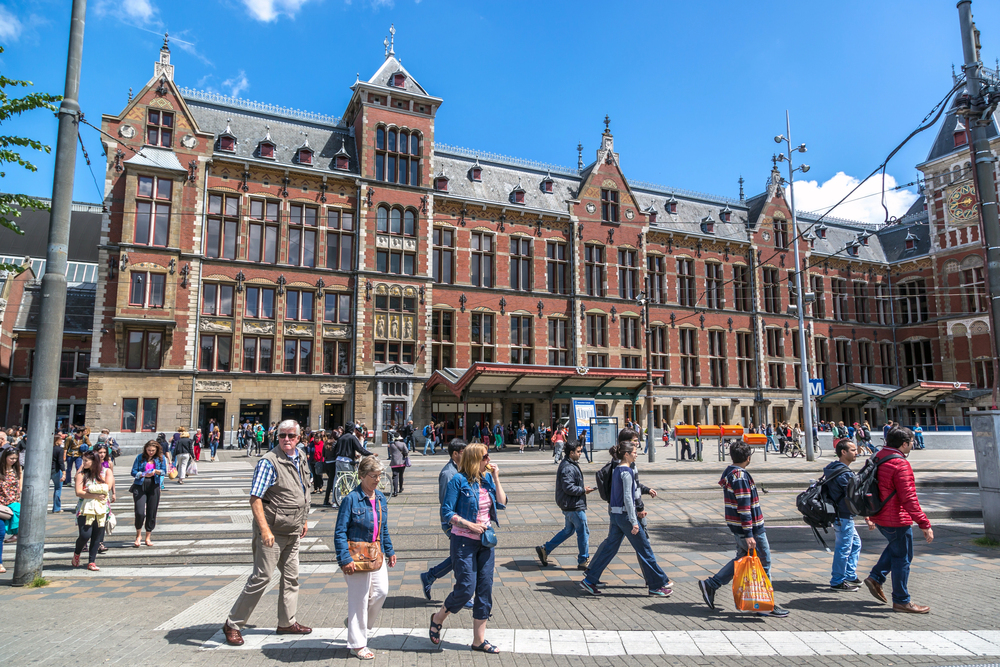
While Amsterdam is known for cycling, it’s just as rewarding to explore on foot. Narrow canals, gabled houses, and small courtyards make every block worth seeing.
The city center is compact, with museums, markets, and cafés all within walking distance. Pedestrian bridges link neighborhoods in minutes.
Walking here offers a slower pace that reveals more than rushing on a bike.
Porto, Portugal

Porto’s historic center is packed with tiled buildings, steep lanes, and viewpoints over the Douro River. While some streets are hilly, they’re short enough to be manageable, and the views make them worthwhile.
Markets, cafés, and wine cellars are never far apart. Riverside walks are especially pleasant in the evenings. The city’s charm grows the more you wander.
Edinburgh, Scotland

Edinburgh’s Old Town and New Town are both walkable, with plenty of sights in a compact area. The Royal Mile connects the castle to the palace, lined with shops, museums, and street performers.
Princes Street Gardens and nearby paths offer green spaces to rest. The hilly terrain adds a bit of variety to each walk. Every route brings a new view of the city’s skyline.
Like Travel Pug’s content? Follow us on MSN.
Valletta, Malta
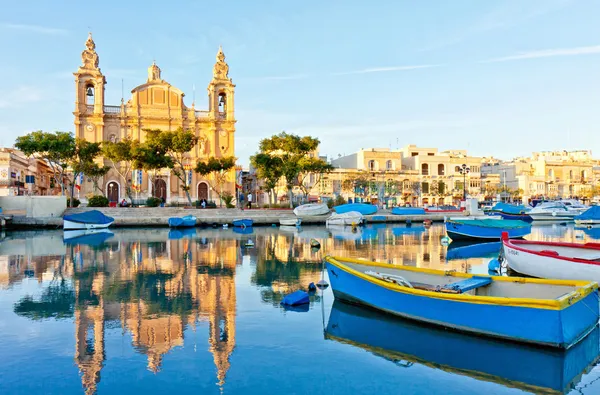
Valletta is small enough to cross in about 20 minutes, yet filled with historic buildings, sea views, and shaded side streets. The grid layout makes it easy to navigate without a map.
Cafés, museums, and markets are close together, so walking is the natural choice. The limestone architecture glows in the sun, adding to the visual appeal. It’s a city that rewards slow, curious wandering.
Walking where life feels lighter

For retirees, a walkable city means more freedom and less planning—each day unfolds naturally, step by step. These destinations make it easy to discover local culture, enjoy fresh air, and stay active without effort.
From medieval squares to seaside promenades, the variety is endless. Walking isn’t just a way to get around—it’s how you truly experience a place. And in these cities, every step feels worth it.
More from Travel Pug

- 20 Best Beach Towns in the Carolinas
- 13 Destinations Where Tourists Regularly Regret Their Trip
- 20 Things You Actually Get in First Class
- 20 Small Airports With Aviation Museums
- 20 Places in the U.S. That Are Perfect for a Reset Trip
Like Travel Pug’s content? Follow us on MSN.
